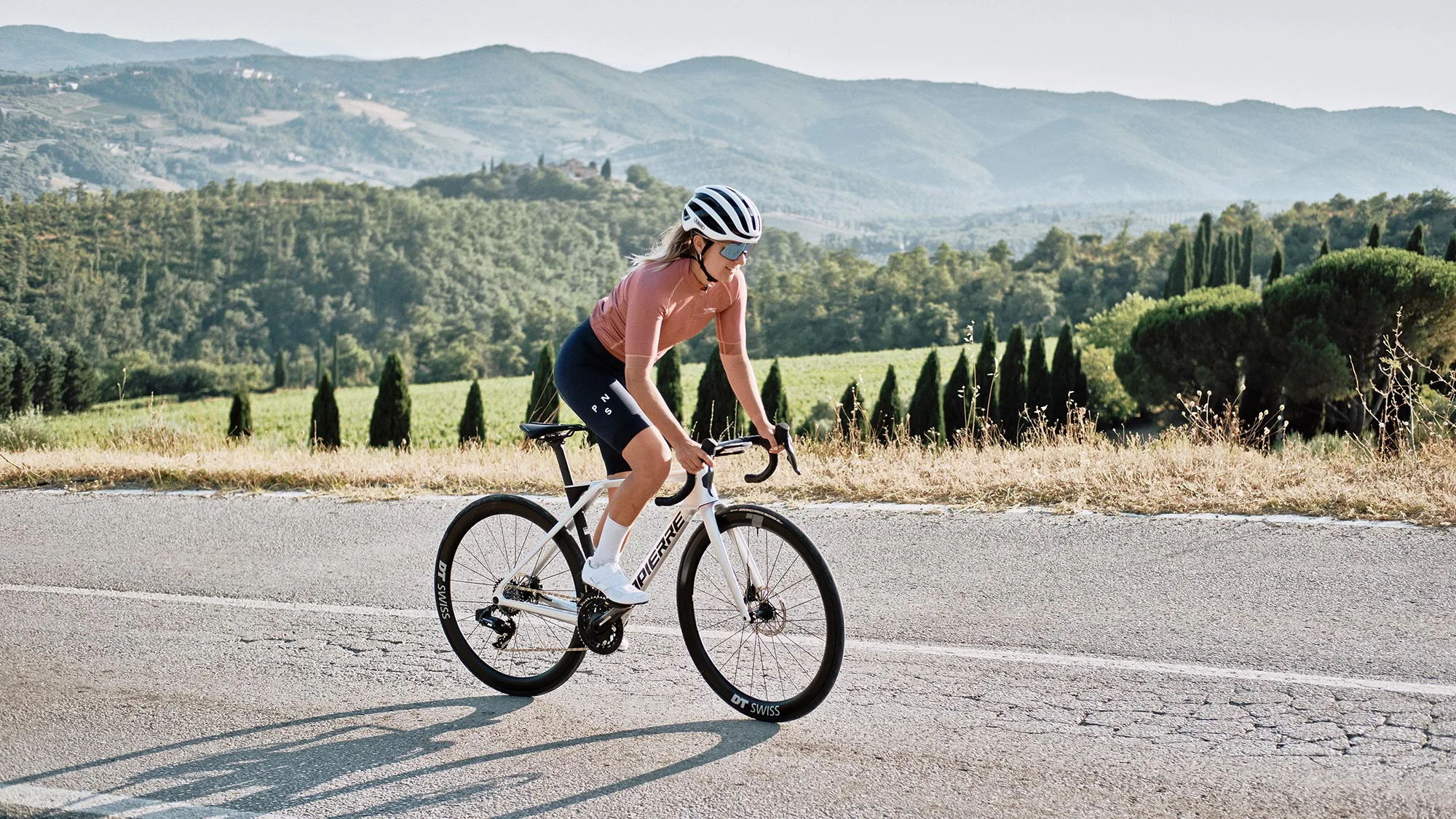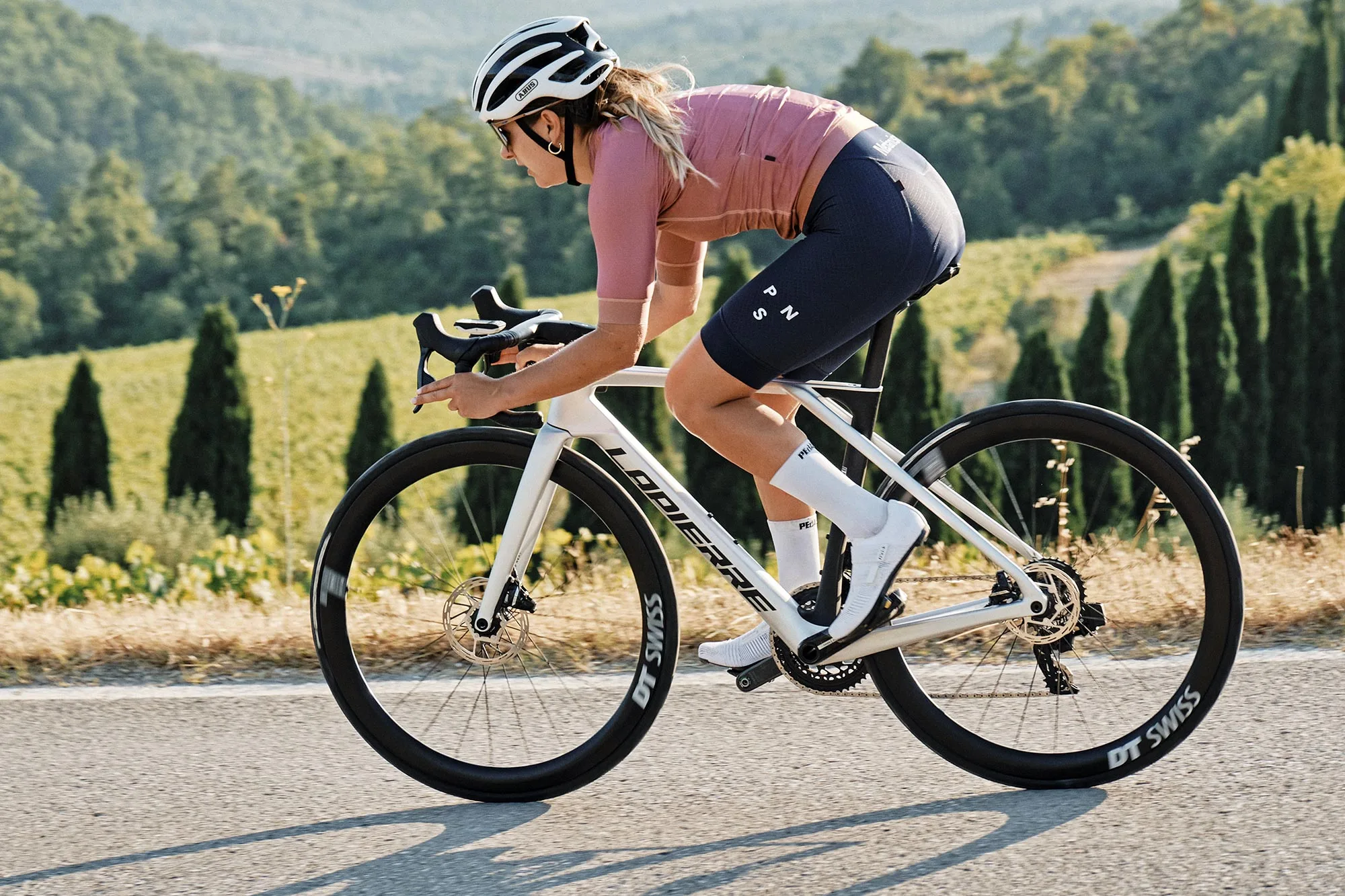This all-new Lapierre Xelius DRS combines the best of the French bike brand’s lightweight Xelius SL & aerodynamic Aircode DRS to create one, even faster flagship do-it-all road race bike to rule them all. Adopting their Drag Reduction System naming for what was their Super Light road race bike, Lapierre reimagines a new Xelius DRS that is a claimed 15% more aero than either of its predecessors. They call the new Xelius DRS, “the fastest bike ever designed for road racing”.
2025 Lapierre Xelius DRS all-rounder aero road bike
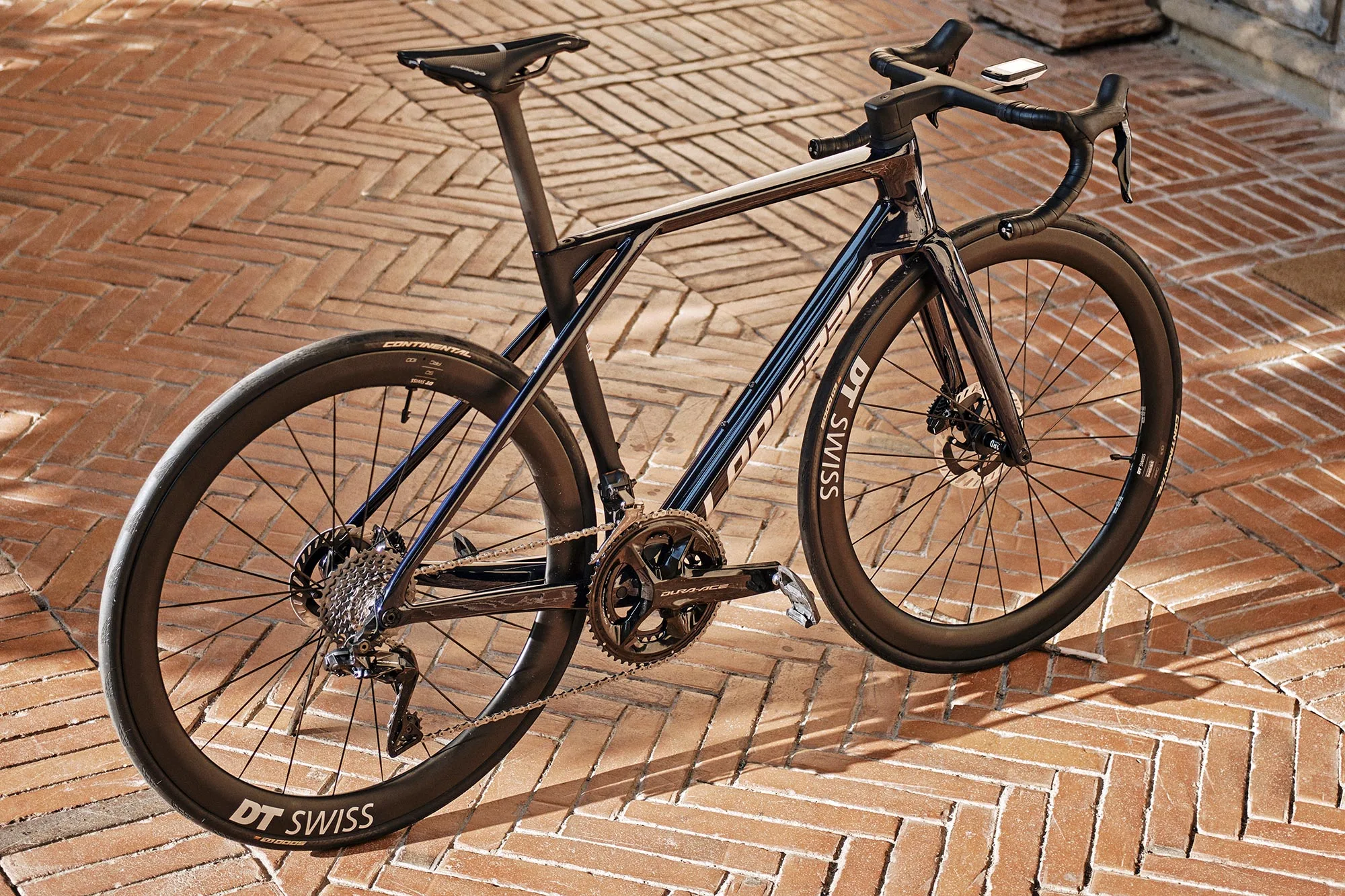
Much of the same all-rounder Xelius SL3 looks are still here in the new more aero Xelius DRS, just taken to the next level which is no surprise. That lightweight carbon road race bike in 2022 was already almost as fast as Lapierre’s previous fully aerodynamic Aircode DRS aero road race bike.
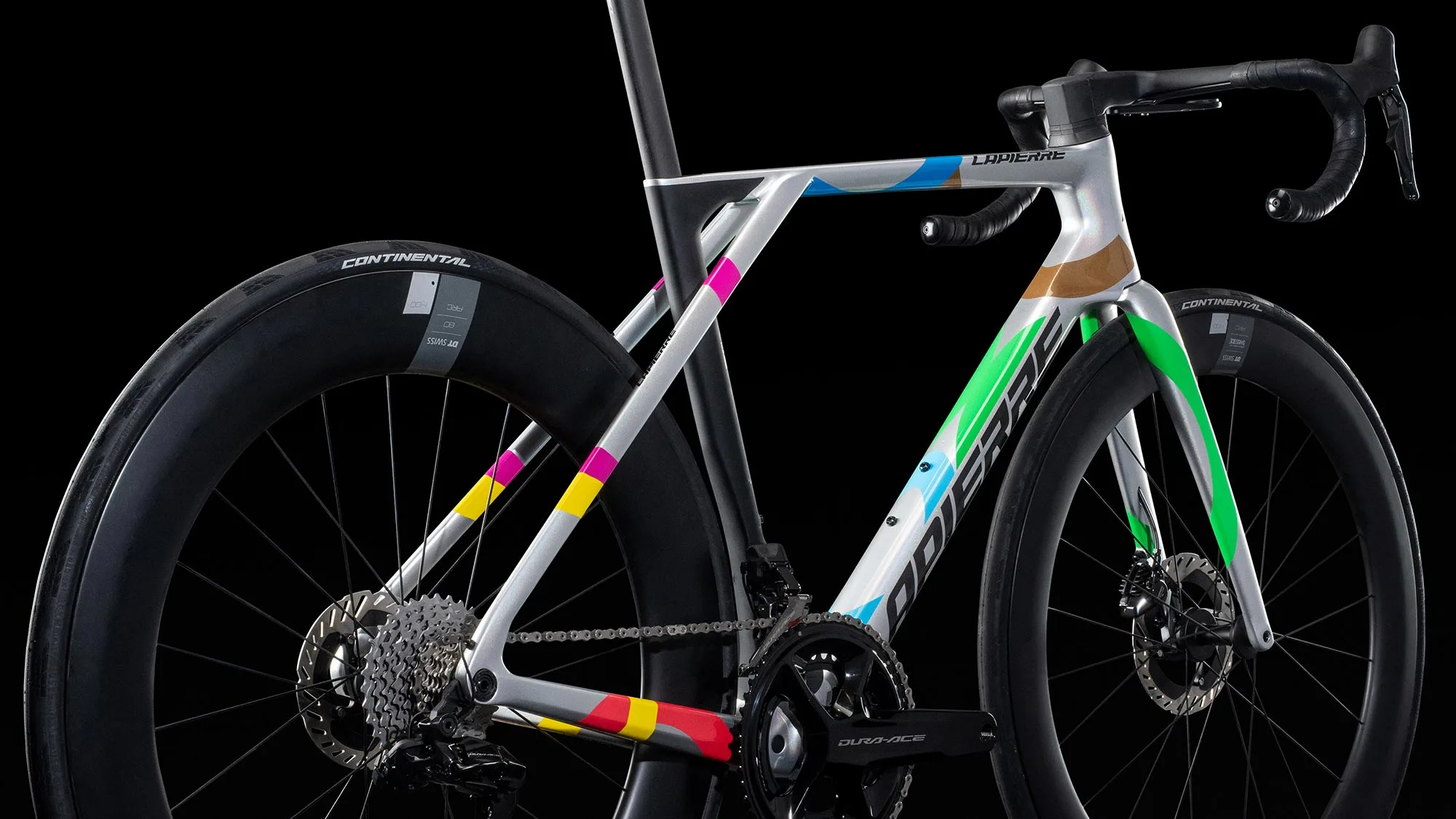
The same 3D Tubular seat cluster design carries over, extending the length of the seatstays into the middle of the toptube, and decoupling the stays from the seattube. Together, since the stays don’t join the seat cluster, the D-shaped aero seattube and seatpost have more possibility to flex, filtering out vibration and increasing rider comfort.
Faster on the flats, faster on the climbs
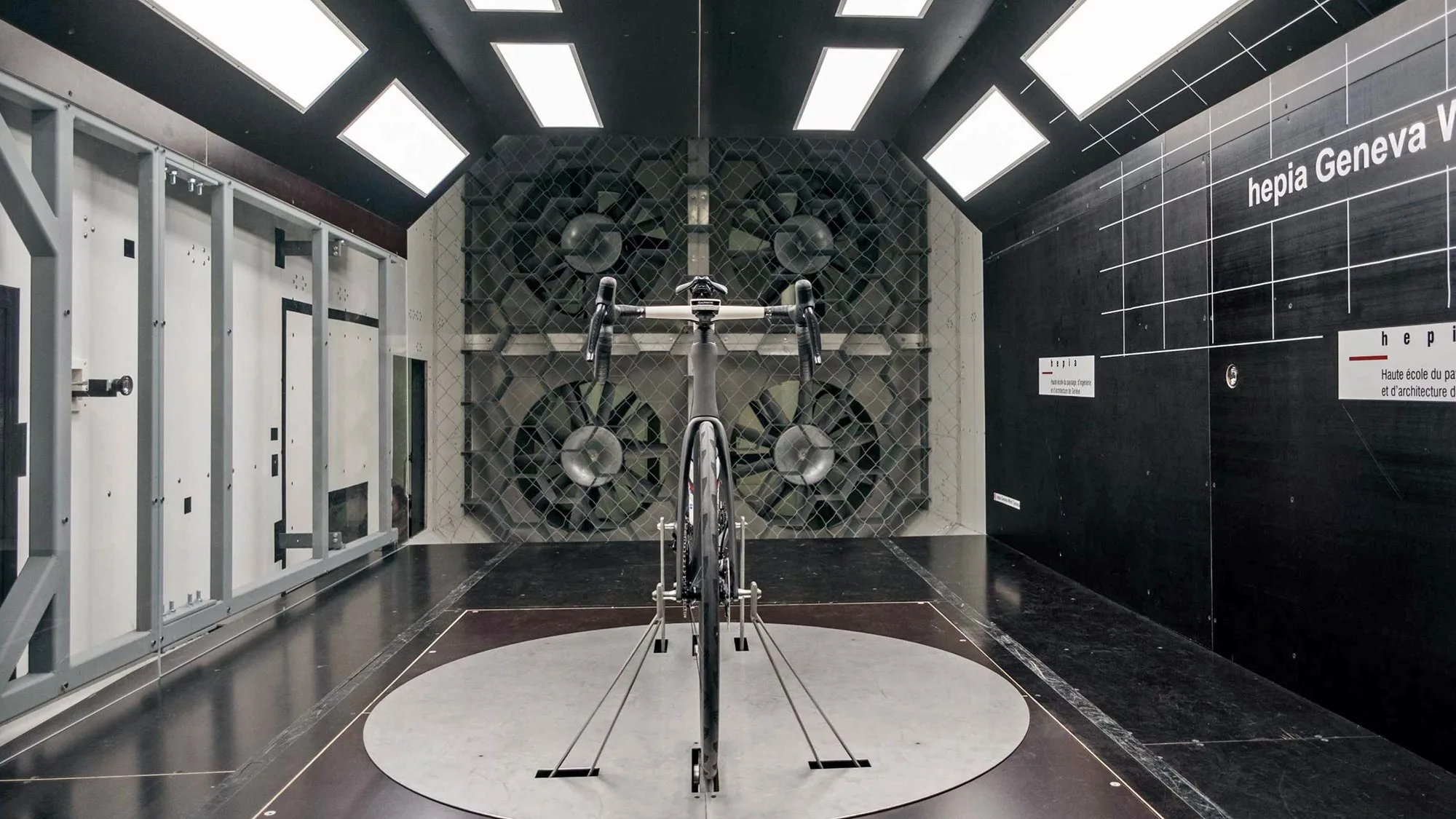
But now the Xelius DRS bike is a claimed 15% faster in the wind.
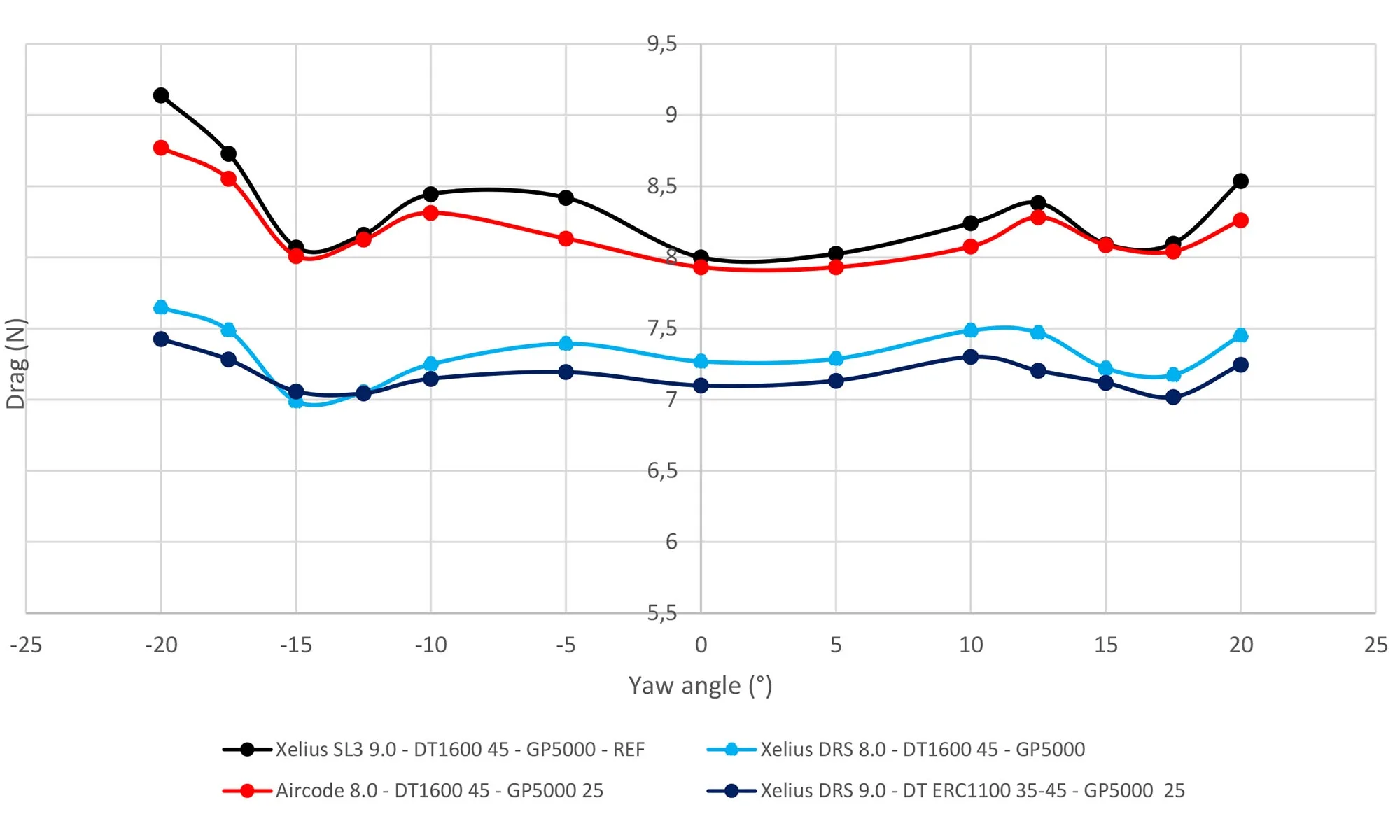
That means a 14W savings at 50km/h – or 7 seconds saved every 10km. Or, still at more regular human speeds of 35km/h, a savings of 5W. And since it takes you longer going slower, 10 seconds saved over those same 10km!
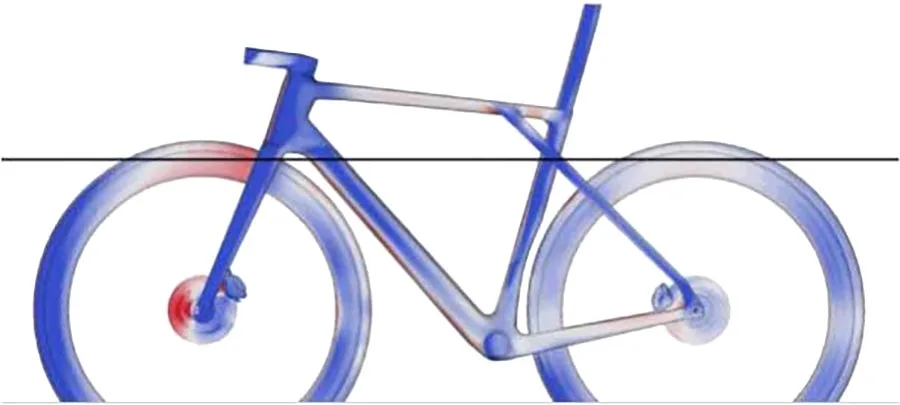
Lapierre says the aero optimization came down to more advanced CFD analysis, then wind tunnel testing, that helped them rework a few key areas on the new Xelius DRS, while maintaining the Xelius family’s signature lightweight and ride comfort. The engineering team focused on 6 core areas of the new bike (fork, headtube, downtube, seattube, seatstays, and 3D tubular seat cluster). They reshaped pretty much every tube to a thinner, deeper NACA or elliptical profile while tweaking carbon layups to prevent weight gain or uncomfortable stiffness where it wasn’t needed.
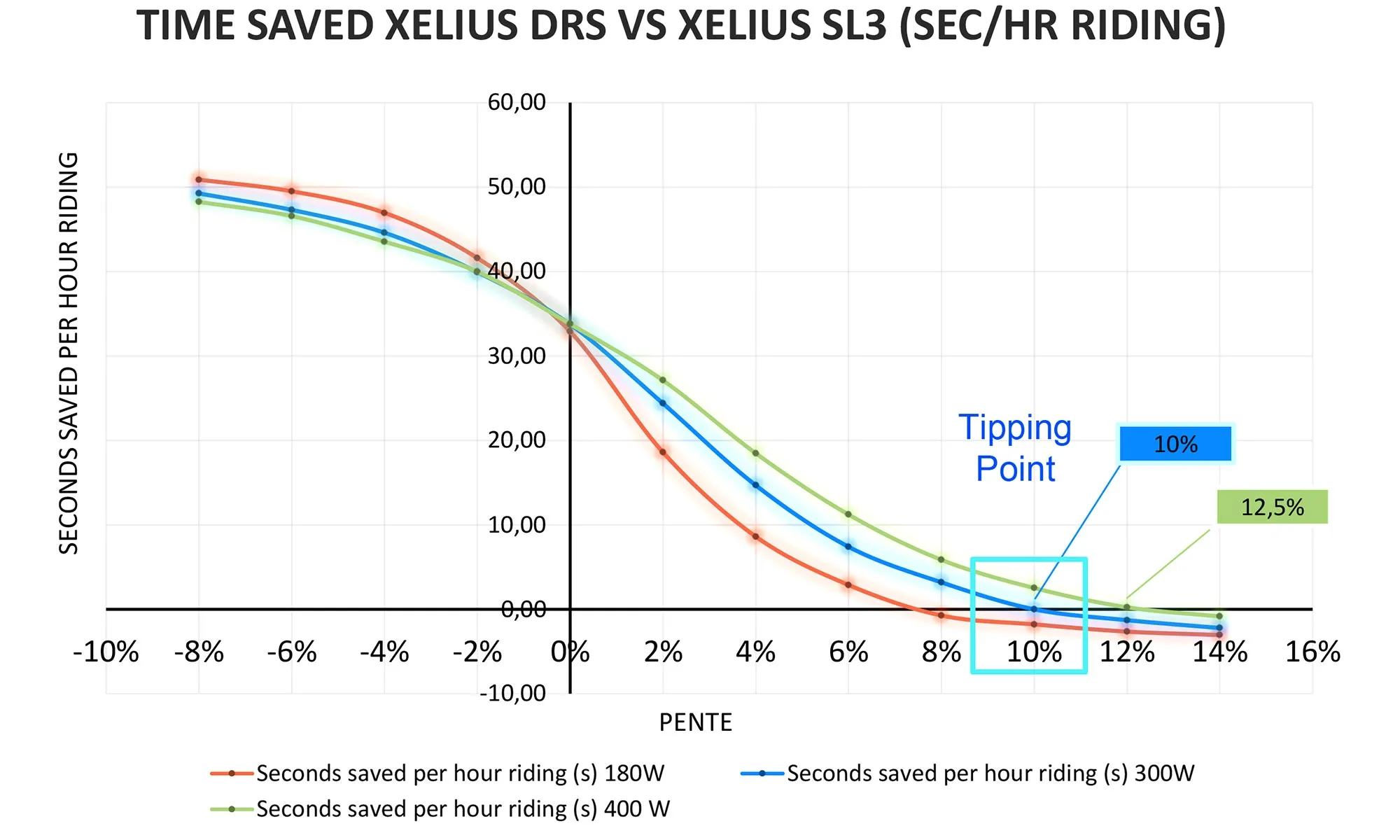
But the Xelius DRS is still a bit heavier than the Xelius SL, just +45g comparing the top-tier frames or +53g for the mid-level carbon frames. So, Lapierre did the complete bike math to see how far you still get the aero vs. weight gains. Apparently, for an elite-level rider (averaging 300W), the DRS will be faster up to a 10% slope. And for amateur roadies (~180W avg. power), the DRS is still faster up a 7.5% climb.
Tech details
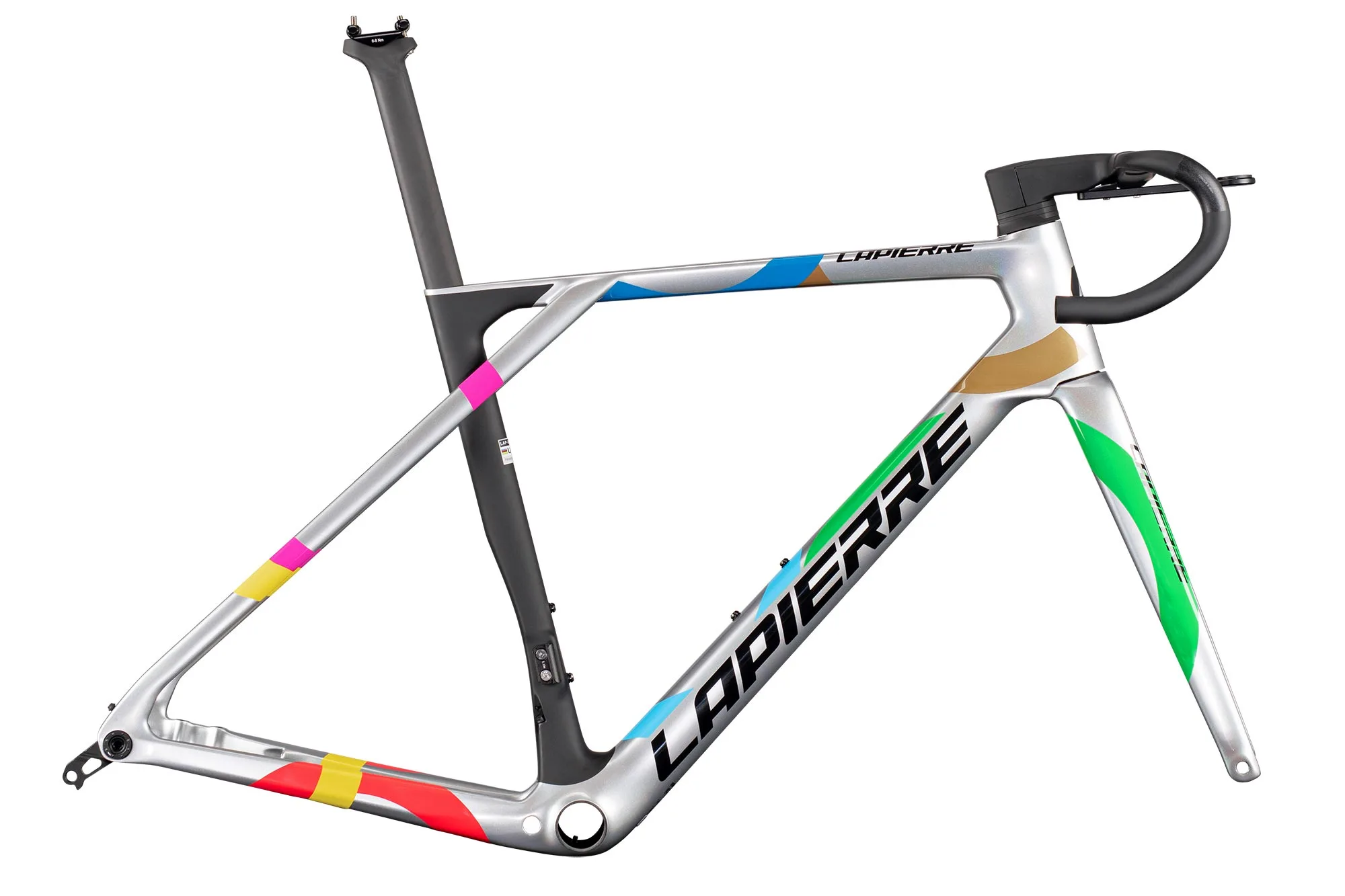
- 2 levels of UD SLI unidirectional Toray carbon layup for both Xelius DRS frame & fork
- UD SLI mid-modulus >80% T800 & T700S mix for more rider comfort and lower price, suitable for all riders – amateur & racer
- unpainted Xelius DRS UD SLI frame weight of 908g (size M claim, raw frame without hardware)
- UD SLI Team hi-mod ~30% HM, >50% T800 & T700S mix for lighter weight & increased performance, but still rider comfort
- unpainted Xelius DRS UD SLI Team frame weight of 790g (size M claim, raw frame without hardware)
- UD SLI fork 425g, UD SLI Team fork 390g (claimed, uncut)
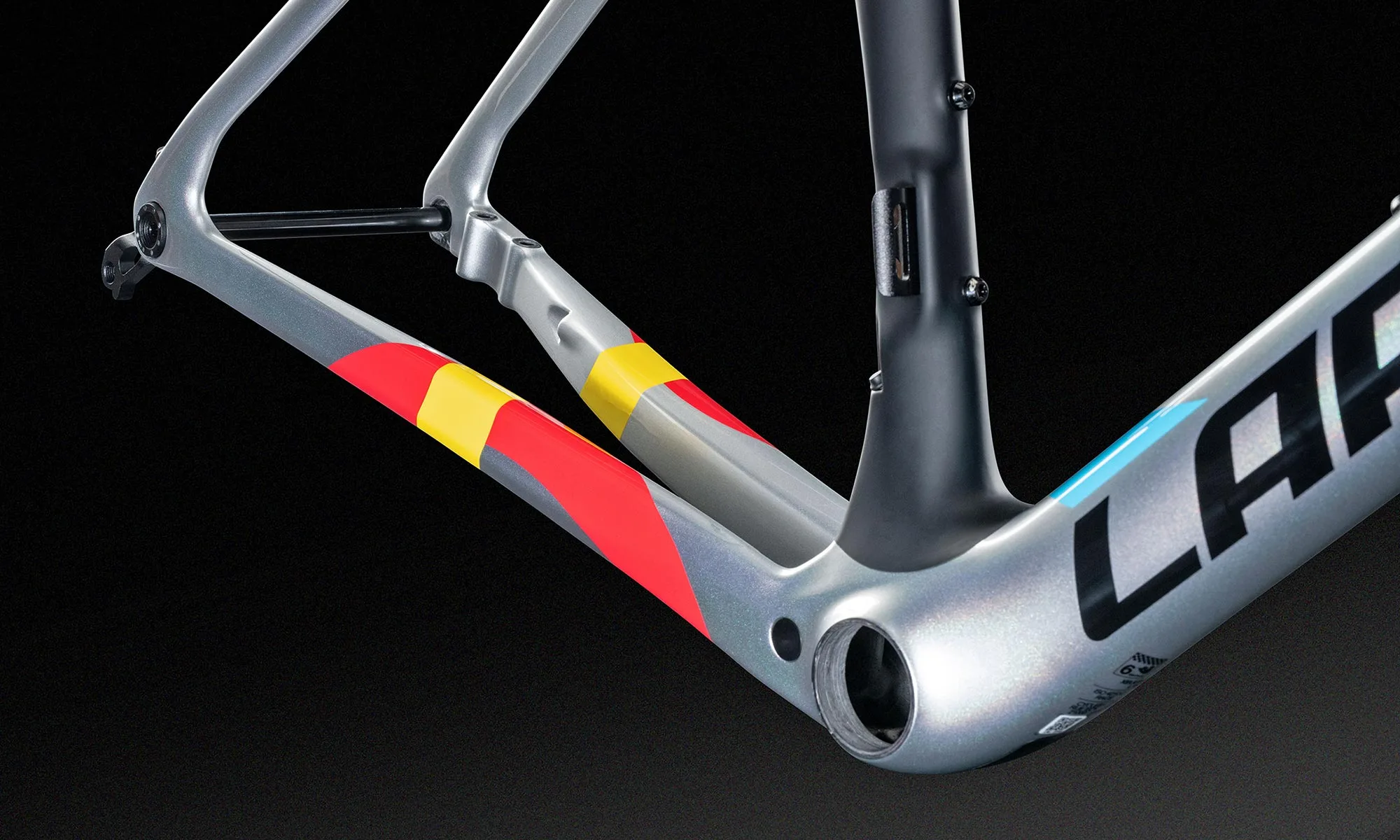
- 32mm max tire clearance, although for some reason they all come spec’d with 25mm tires
- same proven geometry as the previous Xelius SL3 & Aircode DRS, just with a new XXL addition
- fully internal integrated cable routing through the upper Acros headset bearing
- new light 325g 1-piece integrated Lapierre carbon handlebar cockpit with semi-integrated cable routing under the stem
- separate alloy stem & carbon bars for the same integrated routing (plus angle adjustability) on bikes 5.0-7.0
- new light 128g proprietary Lapierre D-shaped aero seatpost. 0mm or 15mm setback, 350mm or 400mm long
- all bikes include rear thru-axle with multi-tool AND out-front GPS mounts
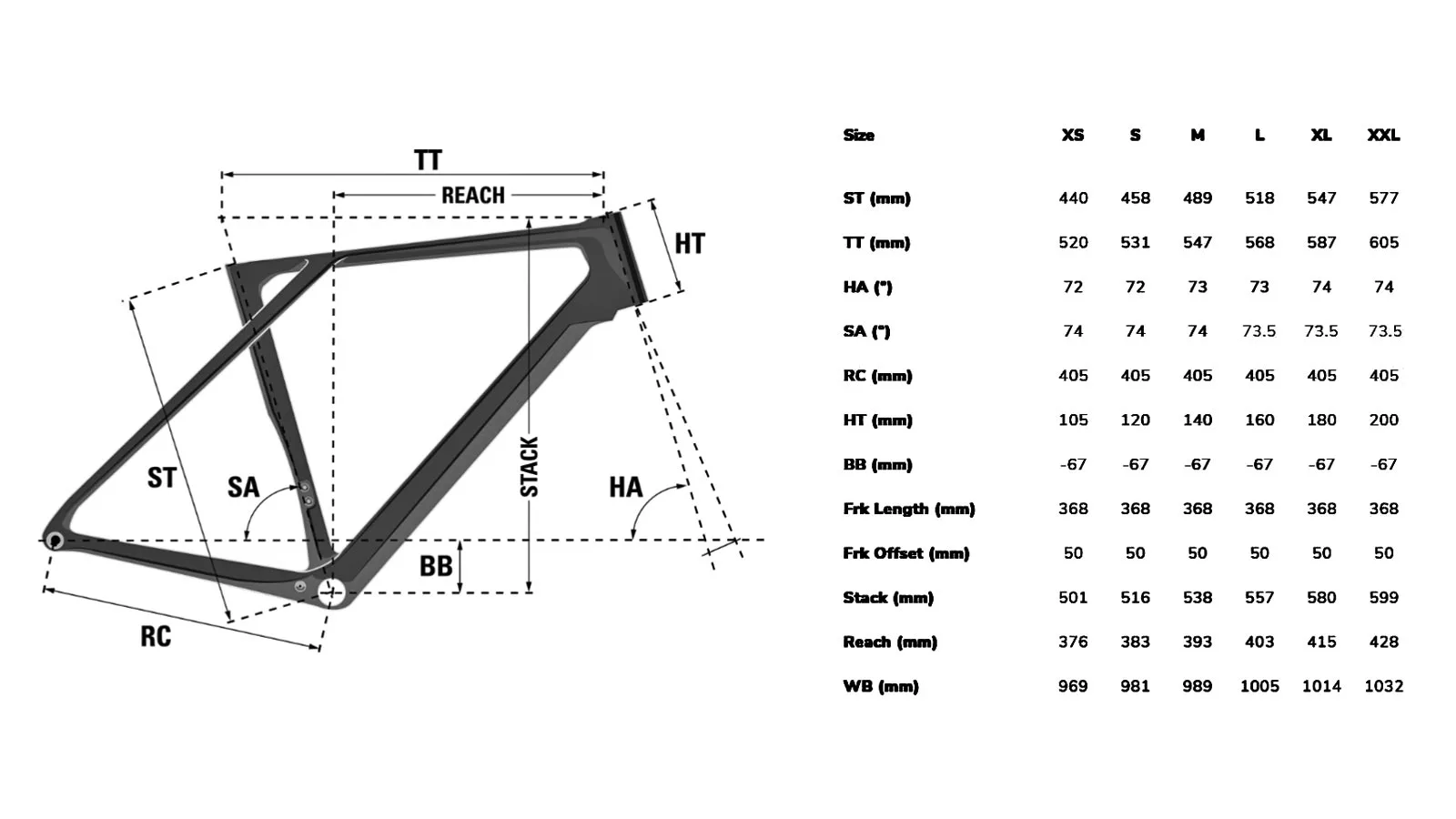
2025 Lapierre Xelius DRS – Pricing, options & availability
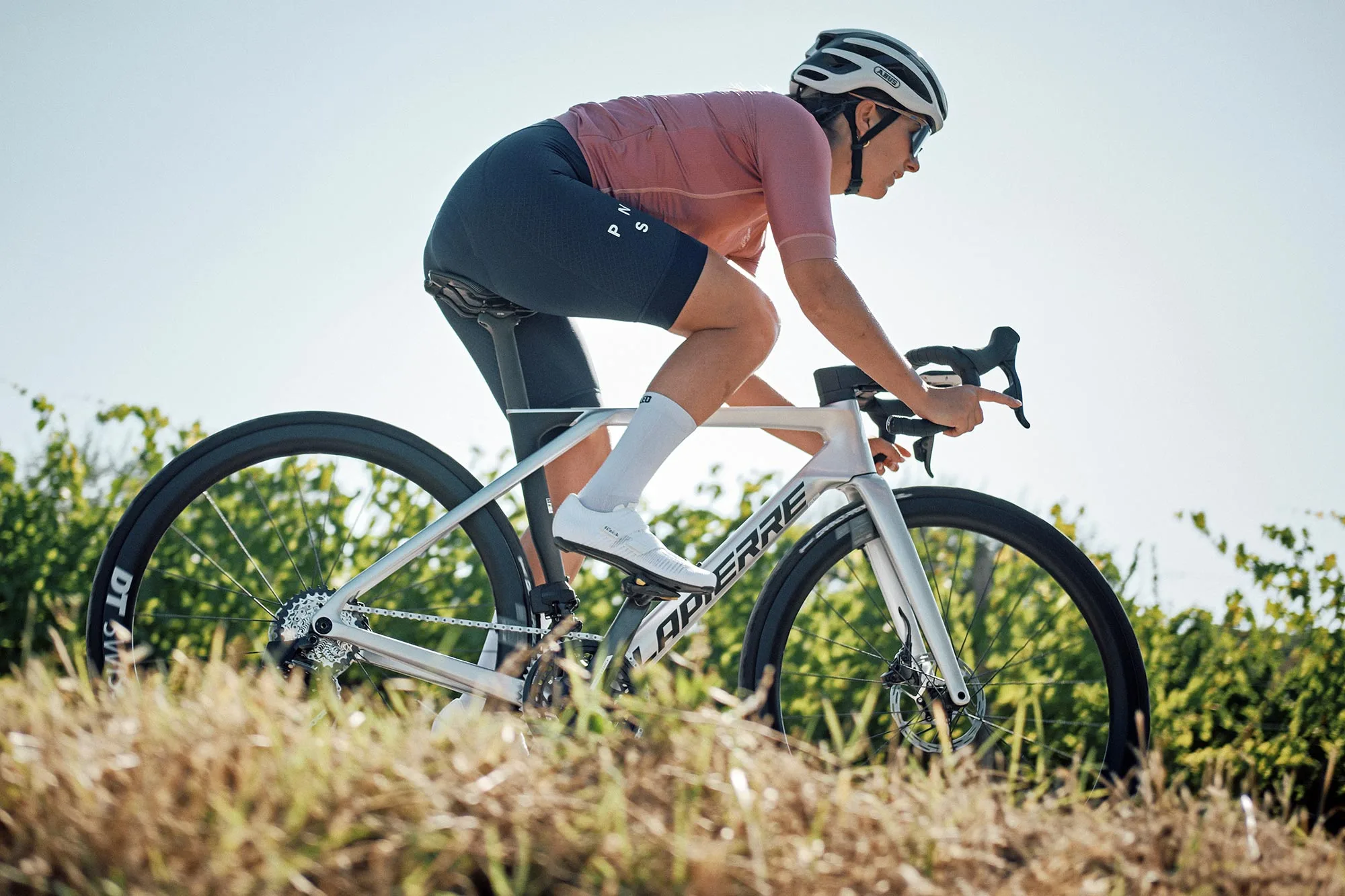
One of the greatest things about the new 2025 Lapierre Xelius DRS is just how wide the range of pricing is for the new bike. Lapierre offers 8 different complete Xelius DRS bike build options starting as low as 2900€ and going all the way up to 10,000€ with two spec levels for the carbon frame.
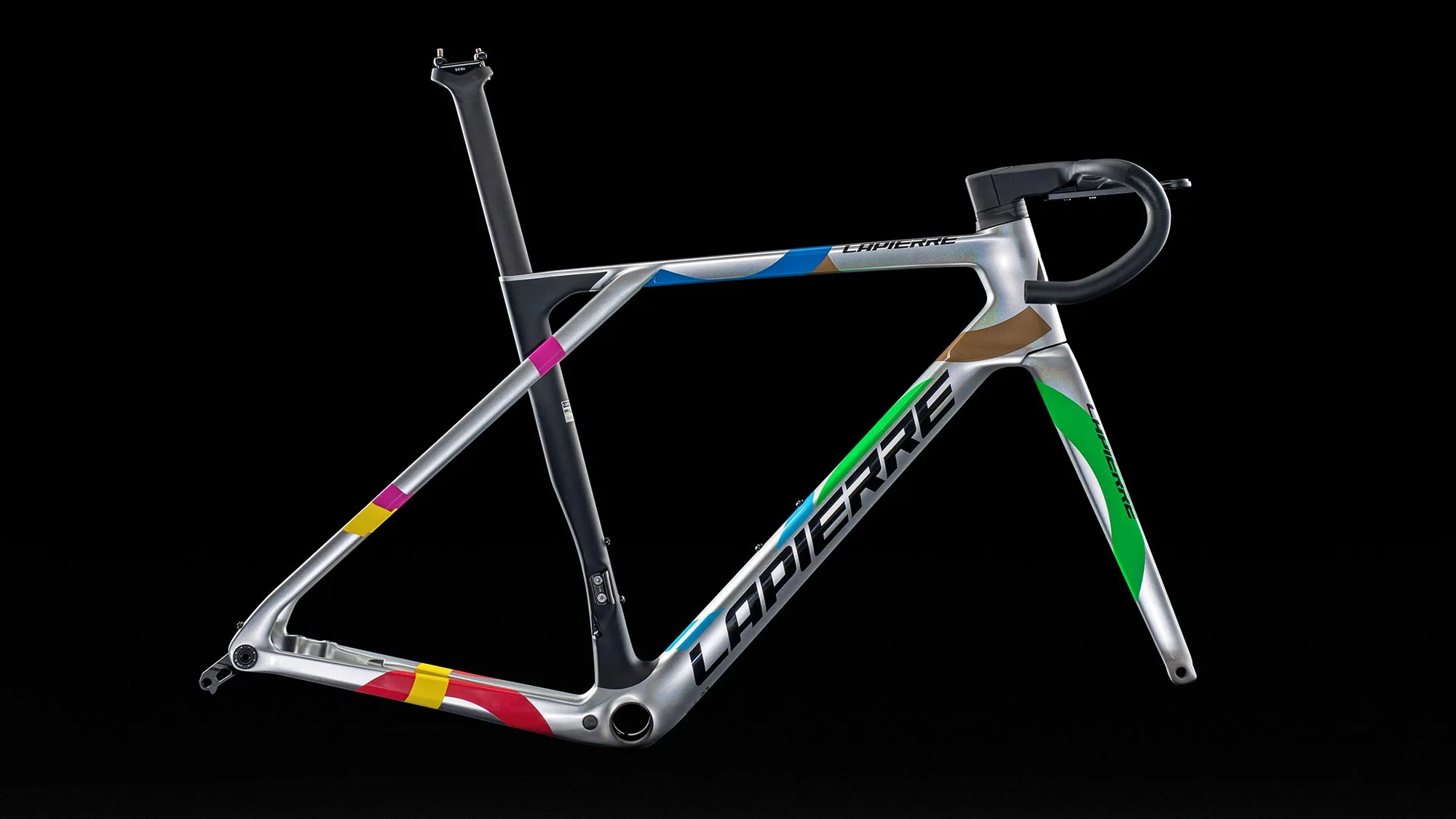
Plus, there’s a 4000€ top-tier Xelius DRS frameset with the UD SLI Team layup for those who want to build it up on their own race bike – including seatpost & cockpit. Even this colorful Summer Olympic special edition.
The new aero all-rounder road bike comes in 6 stock sizes (XS-XXL) and in 2 color options per model.
Complete bike build options
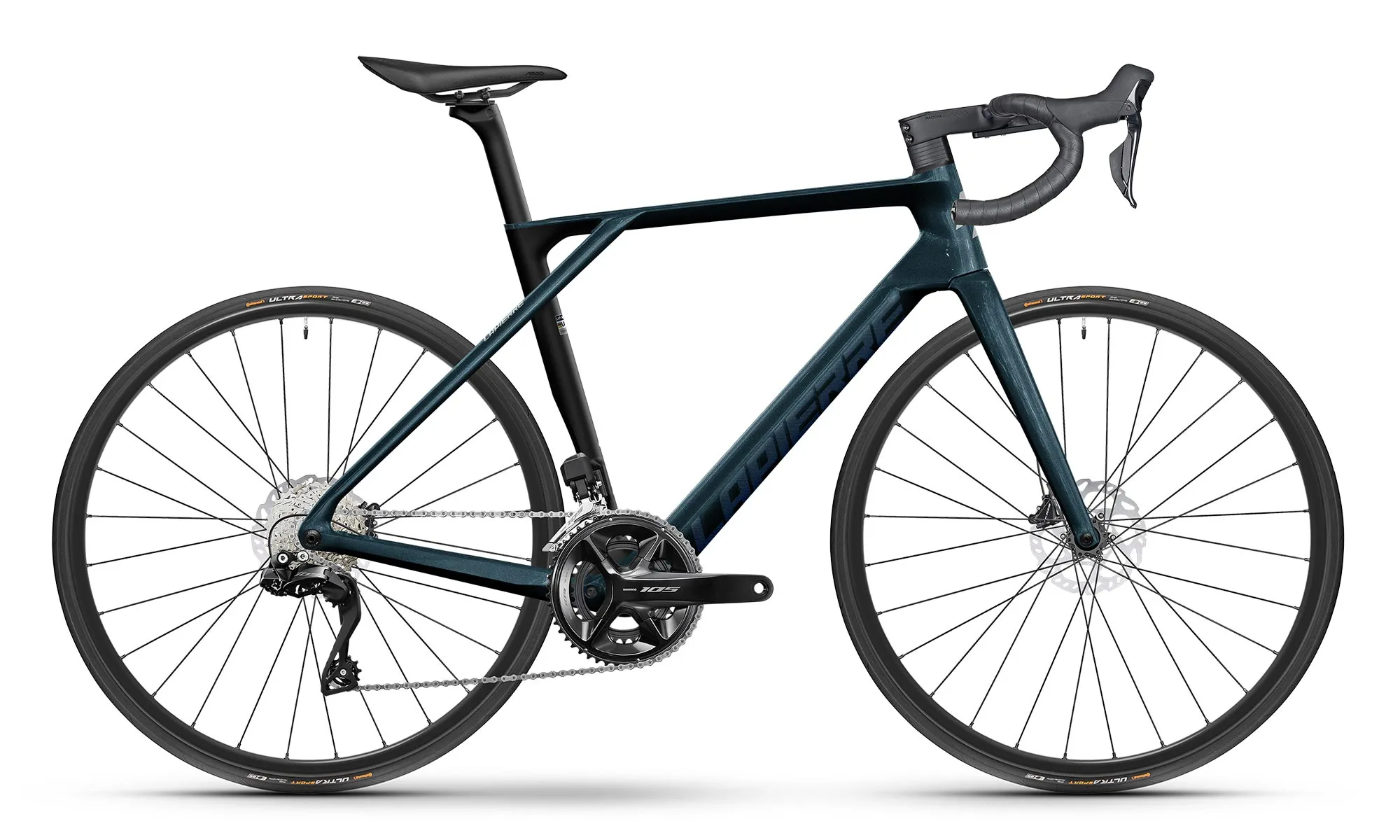
With the lower-spec carbon frameset, the 2900€ Lapierre Xelius DRS 5.0 is the most affordable with mechanical Shimano 105 and house-brand alloy wheels. At 3700€, the Xelius DRS 6.0 steps up to 105 Di2 & alloy DT endurance wheels, at a claimed 8.4kg. The 4200€ DRS 6.0 AXS then takes that to a wireless SRAM Rival AXS 2x setup, at 8.5kg. The 4800€ Lapierre Xelius DRS 7.0 goes back to Shimano, with an Ultegra Di2 build kit, at a claimed 8.2kg
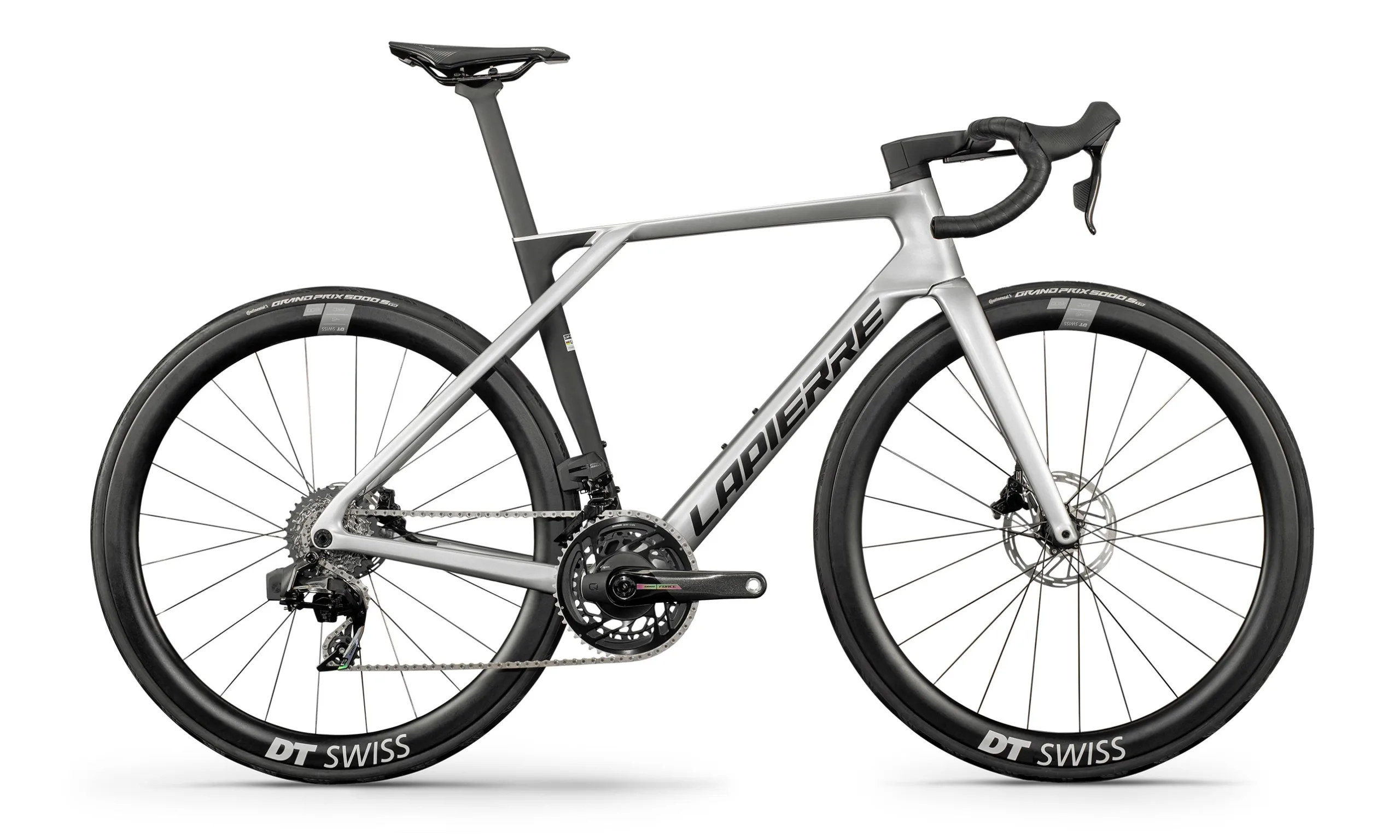
Stepping up to the Lapierre Xelius DRS 8.0 for 6000€, and you get Ultegra Di2, plus the 1-piece carbon cockpit and 45mm deep carbon DT Swiss ERC1600 wheels at 7.5kg. Or if you prefer SRAM, the 7000€ Xelius DRS 8.0 AXS 7000€ gets you the same setup, but with Force AXS at 7.6kg.
One last build with the mid-mod carbon frameset, the Lapierre Xelius DRS 9.0 sells for 8500€ with Dura-Ace Di2, a carbon cockpit, and a lighter mixed-depth 35mm front/45mm rear DT Swiss ERC1400 wheelset, at 7.2kg.
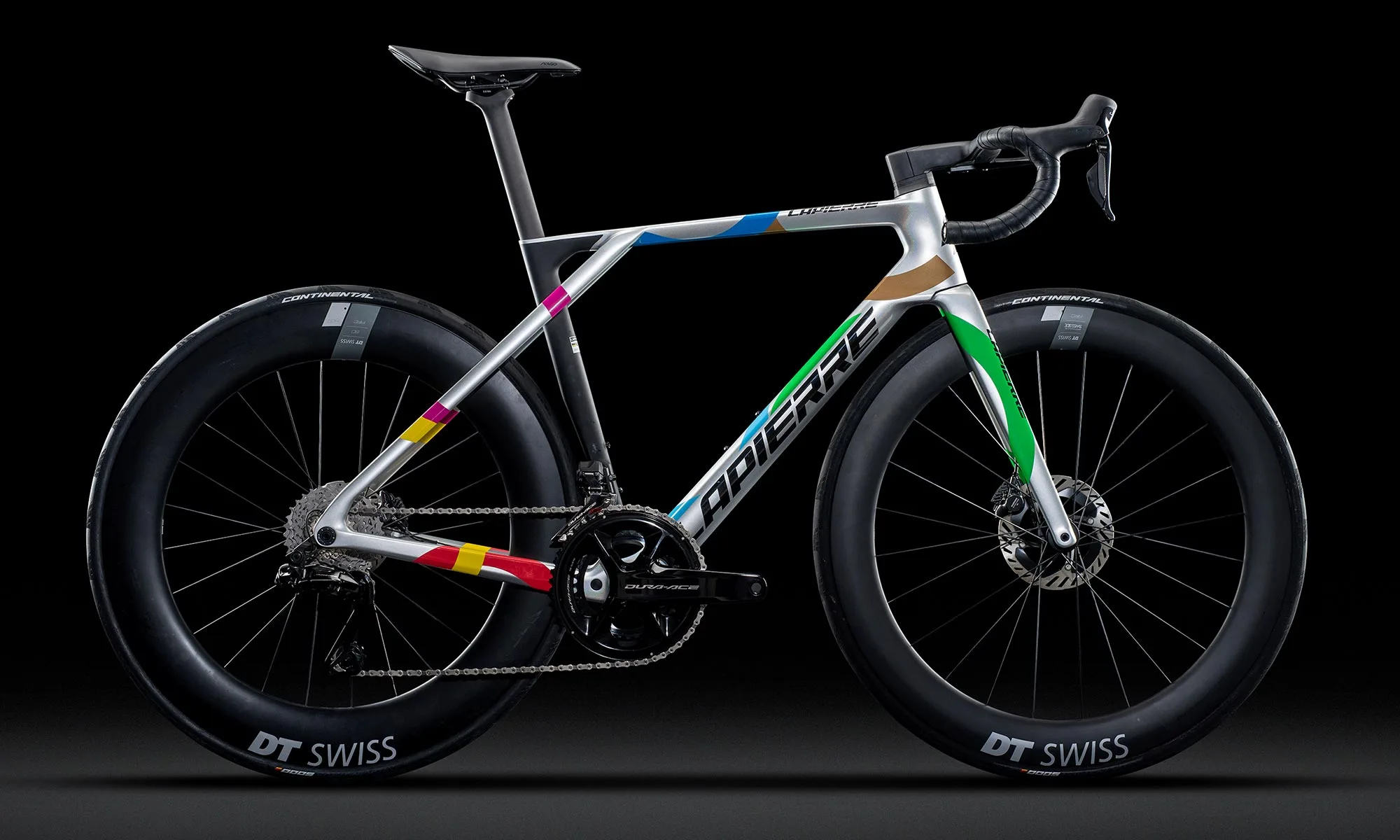
Only the absolute top-tier 10k€ Lapierre Xelius DRS 10.0 and the frameset use the lighter, stiffer, more expensive UD SLI Team carbon layup. There you again get a Dura-Ace Di2 groupset, carbon cockpit, and an even lighter 35/45mm DT ERC1100 wheelset with ceramic bearings, now at a UCI limit-pushing 6.8kg weight claim.
